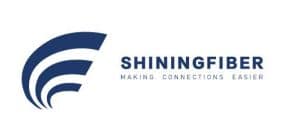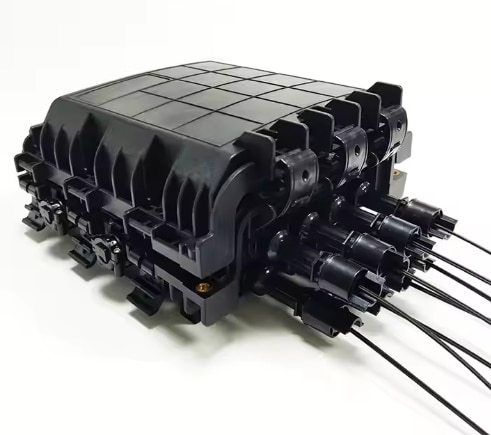Understanding Fiber Optic Box: The Key to Secure and Efficient Fiber Connections
In the fast-evolving world of fiber optic communication, having a reliable and well-designed fiber optic box is essential for maintaining stable, high-speed connections. Whether deployed in residential buildings, data centers, or commercial facilities, these boxes serve as critical components in organizing and protecting fiber optic cable connections.
What Is a Fiber Optic Box?
A fiber optic box, also known as a fiber connection box or optical terminal box, is a compact, protective enclosure used to house, manage, and connect fiber optic cables. These boxes are commonly installed at the termination points of fiber networks, providing a clean and safe interface for splicing, connecting, and distributing optical fibers.
Key Functions of a Fiber Connection Box
Protection – Fiber optic cables are sensitive to bending, dust, and physical damage. The box ensures long-term protection against environmental factors.
Cable Management – It keeps cables organized, making it easier for technicians to maintain or upgrade the network.
Ease of Connection – The box provides space to house adapters, pigtails, and connectors, simplifying the fiber optic cable connection process.
Optical Terminal Box vs. ATB
While both the optical terminal box and ATB (Access Terminal Box) are types of fiber optic boxes, they differ slightly in application:
Optical Terminal Box: Generally larger and used in distribution networks, suitable for terminating and splicing multiple fibers.
ATB: Compact in size, usually installed indoors near end users for final drop cable connections in FTTx solutions.
Applications of Fiber Optic Boxes
FTTH/FTTB/FTTX deployments
Telecommunication base stations
Data center fiber cabling
Industrial and enterprise network infrastructure
Choosing the Right Fiber Connection Box
When selecting a fiber optic box, consider the following:
Port capacity (e.g., 2-core, 4-core, 16-core, etc.)
Indoor vs. outdoor use
Connector types supported (SC, LC, FC, etc.)
Wall-mounted or pole-mounted options
For example, a 4-core ATB is ideal for indoor FTTH connections, while a 16-core optical terminal box fits outdoor fiber distribution needs.
Final Thoughts
As fiber optic networks expand globally, the demand for high-quality fiber connection boxes, optical terminal boxes, and ATBs continues to grow. A well-chosen fiber optic box not only protects the network but also enhances the efficiency of fiber optic cable connections.
Whether you are an installer, distributor, or wholesaler, having the right fiber termination solution is key to delivering reliable optical communication services.



